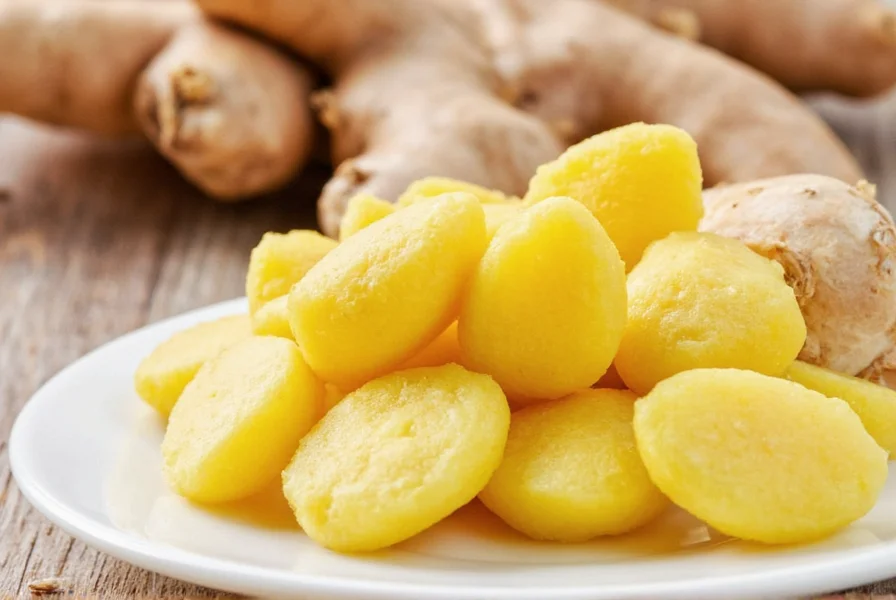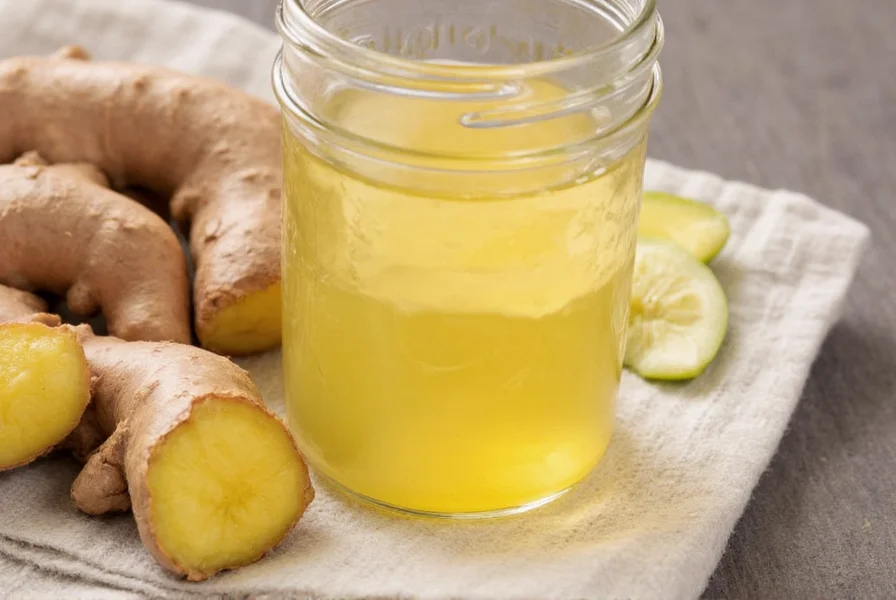Different Forms of Ginger and Their Best Applications
Ginger appears in multiple forms, each suited to specific uses. Fresh ginger root provides the most potent flavor and active compounds. When selecting fresh ginger, look for firm, smooth-skinned roots with no wrinkles or soft spots. Peel the skin using a spoon's edge for minimal waste. Dried ginger powder works best in baking and spice blends, while crystallized ginger serves as a digestive aid after meals. Ginger essential oil requires dilution before topical use, and ginger supplements offer standardized doses for specific health concerns.
Culinary Applications of Ginger
Chefs worldwide utilize ginger's distinctive flavor profile to enhance various dishes. In Asian cuisine, ginger often joins garlic and onions as a flavor foundation. For stir-fries, slice ginger thinly against the grain and add during the initial cooking phase. When preparing ginger tea, simmer 3-4 thin slices in 2 cups of water for 15 minutes. Baking benefits from ground ginger's warm spice—use 1/4 to 1/2 teaspoon per cup of flour in cookies or cakes. Marinate proteins with grated ginger, soy sauce, and citrus for 30 minutes before cooking to tenderize and flavor.
| Ginger Form | Best Culinary Uses | Substitution Ratio |
|---|---|---|
| Fresh ginger root | Stir-fries, teas, marinades, fresh juices | 1 inch = 1 tablespoon grated |
| Ground ginger | Baking, spice rubs, curry blends | 1/8 teaspoon = 1 inch fresh |
| Candied ginger | Desserts, trail mix, digestive aid | 1 tablespoon = 1 teaspoon fresh |
| Ginger juice | Cocktails, dressings, smoothies | 2 tablespoons = 1 inch fresh |
Medicinal and Wellness Applications
Research supports ginger's effectiveness for various health concerns, particularly digestive issues. For motion sickness prevention, consume 1 gram of ginger 30 minutes before travel—equivalent to 2 teaspoons of freshly grated ginger in tea. To alleviate morning sickness during pregnancy, try ginger chews or capsules after consulting your healthcare provider. For muscle soreness after exercise, prepare a ginger bath by steeping 1/2 cup of sliced ginger in hot water for 20 minutes before adding to your bath. When addressing inflammation, incorporate 1-2 inches of fresh ginger daily into smoothies or cooking for potential benefits.

Preparation and Preservation Techniques
Proper handling maximizes ginger's shelf life and potency. Store unpeeled ginger root in a paper bag in the refrigerator's vegetable drawer for up to three weeks. For longer storage, freeze whole or sliced ginger in an airtight container—frozen ginger grates easily without thawing. To make ginger paste, blend peeled ginger with a small amount of water and freeze in ice cube trays. When preparing ginger tea for cold relief, add lemon and honey after steeping to preserve vitamin C. For maximum bioavailability of gingerols (active compounds), avoid prolonged cooking above 176°F (80°C).
Safety Considerations and Recommended Dosages
While generally safe, ginger consumption requires moderation. Adults can safely consume up to 4 grams daily, equivalent to about 2 inches of fresh ginger. Higher amounts may cause heartburn or interact with blood-thinning medications. Those with gallstones should consult a physician before regular ginger use. When using ginger for nausea during pregnancy, limit to 1 gram daily after the first trimester. Children over 2 years can have small amounts of ginger tea, but consult a pediatrician for medicinal use. Discontinue use if experiencing mouth irritation or digestive discomfort.

Integrating Ginger into Daily Wellness Routines
Developing consistent ginger habits enhances its potential benefits. Start your day with warm lemon-ginger water to stimulate digestion. Keep ginger chews handy for post-meal digestion support. When feeling a cold coming on, increase ginger tea consumption to 3-4 cups daily. For joint discomfort, combine dietary ginger with topical applications—massage diluted ginger oil into affected areas. During seasonal transitions, incorporate more ginger into cooking to support immune function. Remember that consistency matters more than single large doses for most wellness applications.











 浙公网安备
33010002000092号
浙公网安备
33010002000092号 浙B2-20120091-4
浙B2-20120091-4